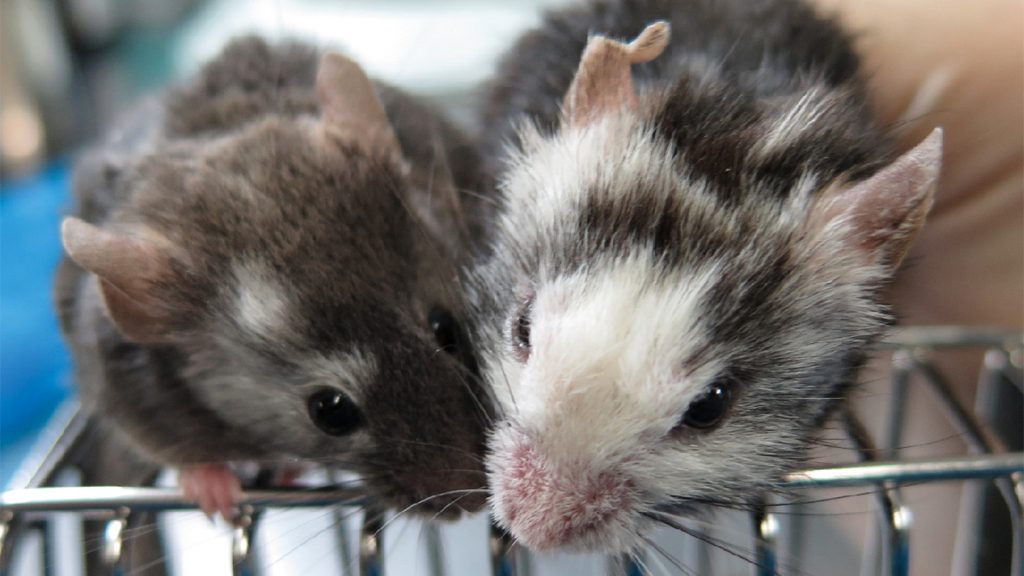Researchers have successfully grown bits of rat brain inside the brains of mice, leading to chimeric mice with functional neural structures. The rat cells developed alongside mouse cells in the growing brain, and the success depended on the timing of the growth. The experiments involved inactivating a mouse gene that instructed brain cells to build the forebrain, allowing rat cells to fill the void and develop normally in the mice.
In one set of experiments, stem cells from rats were injected into mouse embryos, resulting in chimeras that lived a normal life up to two years. The mice displayed normal behavior, and their forebrains were the correct size and shape. This work has potential implications for treating brain diseases associated with neuronal loss. Detailed studies are needed to determine the similarity between rat and mouse cells in these hybrids.
Other experiments focused on brain areas responsible for smells, where donor rat cells were used in mice with damaged smell systems. These rat cells formed neural circuits that allowed the mice to navigate and dig up buried Oreo cookies. Rat cells took on the traits of surrounding mouse cells, suggesting that the cell’s environment strongly influences its characteristics, regardless of its species.
The rat cells in the experiments adopted many traits of surrounding mouse cells, including size, growth timing, and cellular targets. This suggests that the environment the cell grows in can strongly influence the cell’s characteristics. The results provoke philosophical questions about interspecies brain parts and provide insights into brain cell flexibility, potentially informing future attempts to fix human brains and further scientific understanding of brain evolution and development.
The new findings could offer insights into how brains evolve and develop, with further studies planned on wild rodents such as the African pygmy mouse. Understanding interspecies cell transfers could lead to new knowledge about brain plasticity and inform future approaches to addressing brain-related issues. The research highlights the potential for cross-species cellular interactions and the remarkable adaptability of brain cells in different environments.


